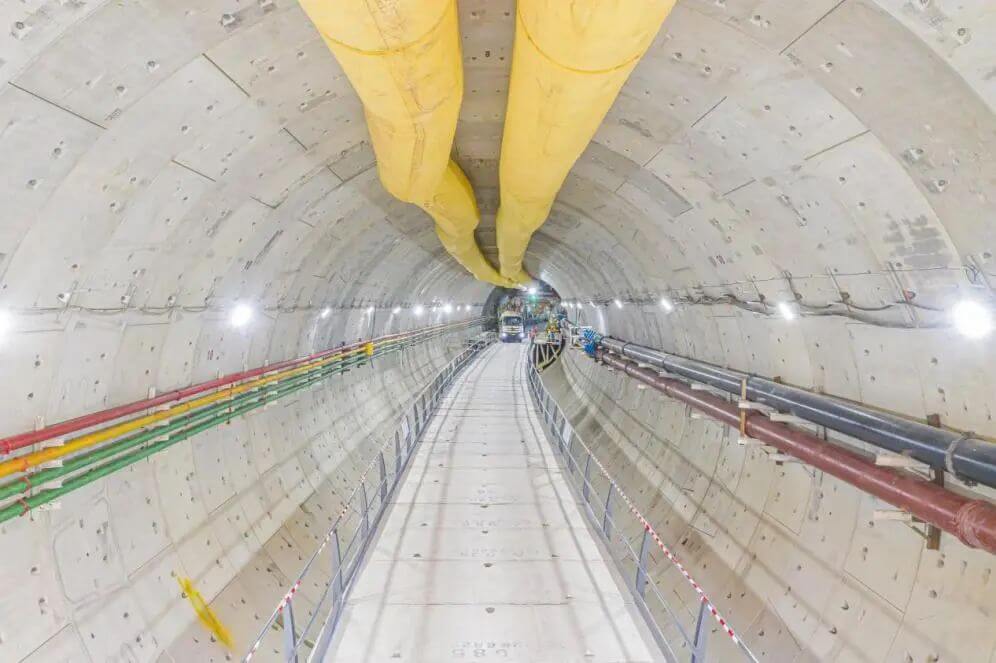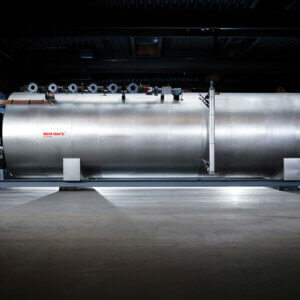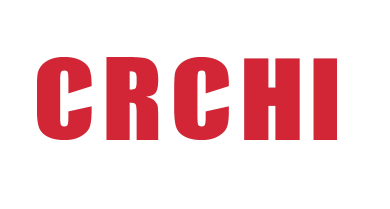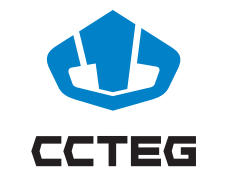Changsha is the capital city of Hunan province China. The headoffice of CRCHI – China Railway Construction Heavy Industry is in the same city. The river ‘Xiangjiang’ separates Changsha into two parts – east and west.

Recent breakthrough under Xiangjiang river in Changsha was achieved by the CRCHI Φ15.01m Slurry TBM named Xingsheng. The tunnel length is 4,180 meters, of which 1,429 meters was constructed by the shield TBM to cross the Xiangjiang River. It is the first two-way six-lane river-crossing tunnel in Changsha.
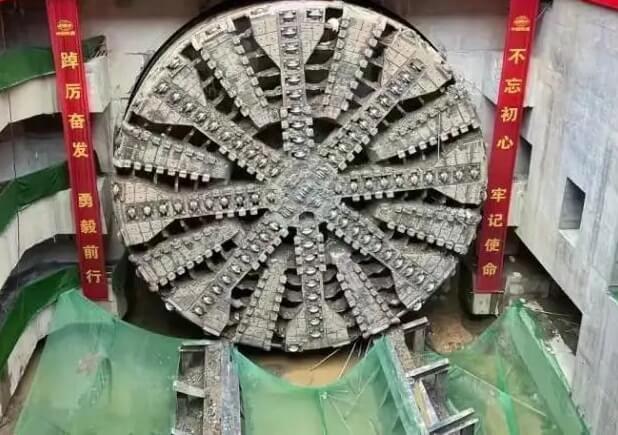
The project passes through moderately weathered rock and slightly weathered slate, with a maximum strength of 86.6 MPa. There are many fractured and broken zones, and the maximum buried depth is 46.3 meters. This Crossing River Tunnel was under construction in parallel with Changsha Metro Line 6 at the same time, the construction organization was challenging and construction risks were high.
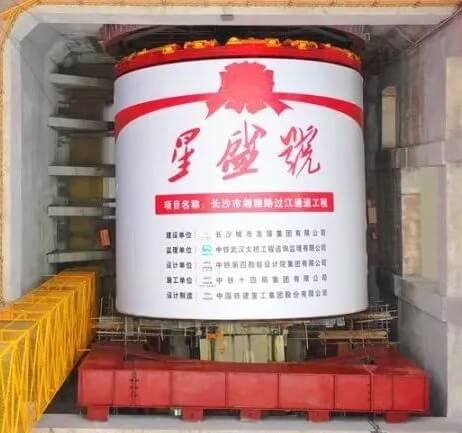
The cutter head adopts a custom design, which effectively copes with the impact on the cutter head of the shield machine when excavating rock formations and composite strata at the bottom of the river. The design greatly reduces the frequency of cutter changes, improves excavation efficiency, and ensures achieving smooth breakthrough.
About 800 km away, another breakthough was celebrated at the project site in Zhuhai Mangzhou tunnel.
The CRCHI Φ15m Slurry TBM was named Zhenxing. After 7 months of underground excavation and cross-sea journey, Zhenxing finally broke through the wall.
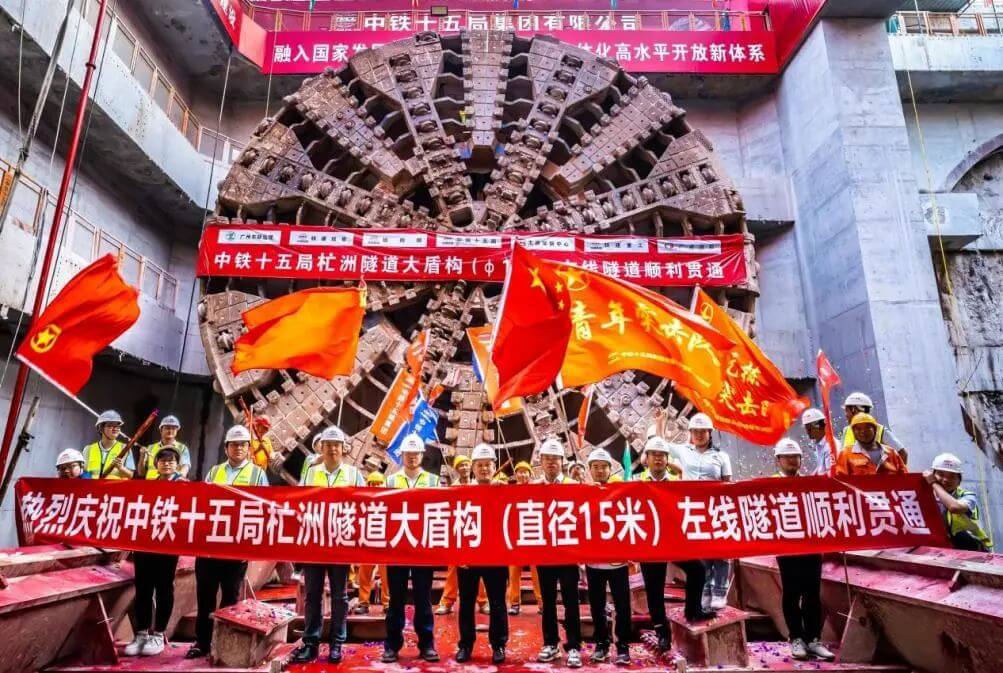
The Manzhou Tunnel passes through the Maliuzhou Waterway encountering ultra-soft soil layers. The ultra-fine particles below 20 microns account for more than 74.7%. The maximum buried depth is 50 meters.
The Mangzhou Tunnel project is a successful application of a Φ15m Slurry TBM excavating super-large-diameter subsea tunnel, with the softest ground and the highest content of fine particles in China.
